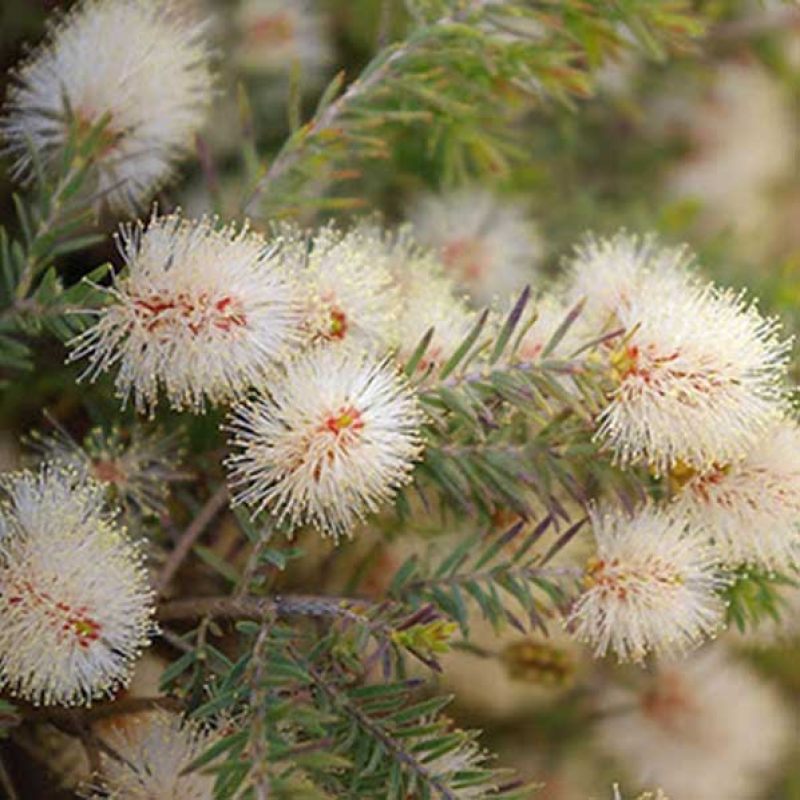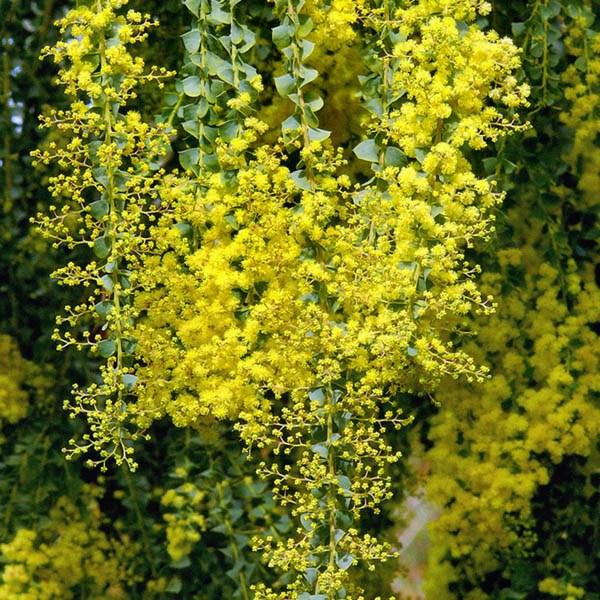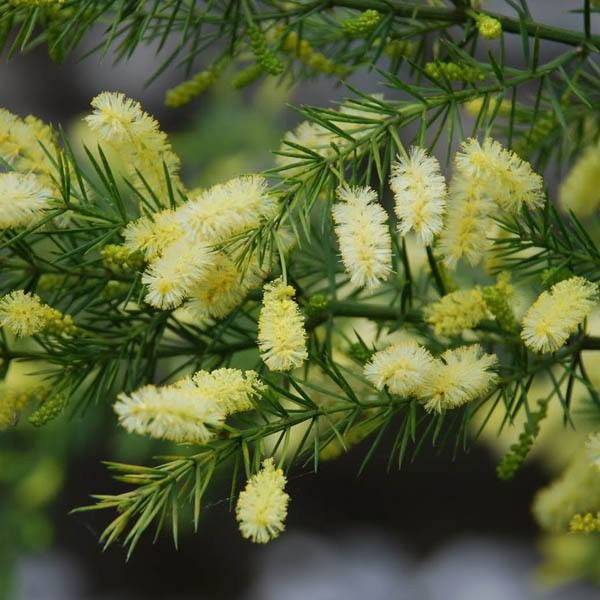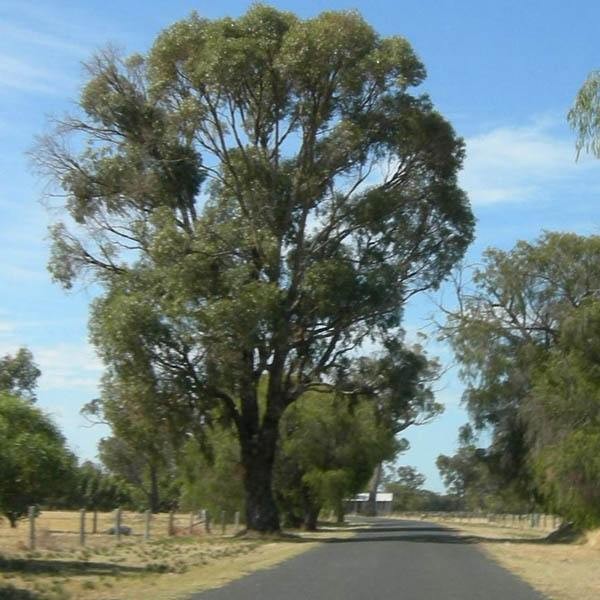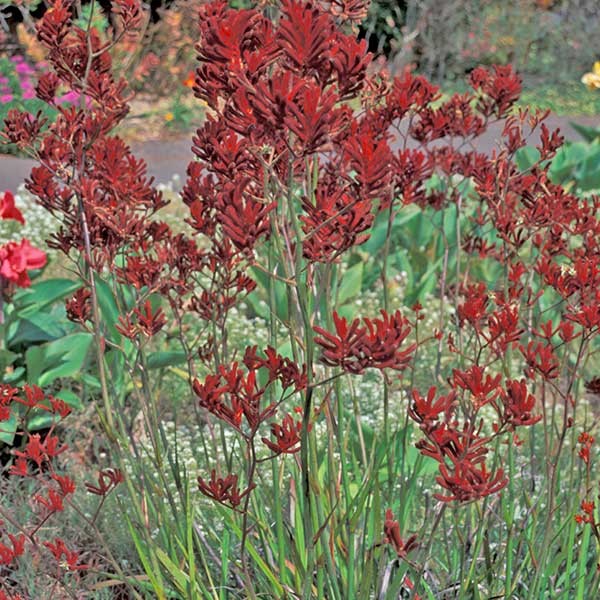We ship Internationally and Australia wide | Phytosanitary Certificates available for international orders.
A quick growing attractive dense shrub with a graceful weeping habit and blue-green or grey foliage. Flowering occurs in spring when a profusion of Bottle-bush like creamy-yellow white flowers.
Prefers a light to medium well-drained soil in an open sunny position, drought and frost tolerant.
Occurs naturally in the Jarrah forests, the Swan coastal plain and the Warren region of the South West Provence if Western Australia.
Grow notes:
Seed is generally best sown in spring or autumn in temperate climates, avoid the coldest and hottest months of the year. The optimum germination temperature for germination is around 18-22°C
- Sow on surface of the growing mix.
- Press lightly into surface. Do not bury the seed.
- Keep warm & moist, avoid drying out or waterlogging the growing mix.
- Germination generally occurs in around 14-28 days in the right condition.
Seeds of many natives are dormant and require specific conditions or pre-treatment for germination.
Do not be too hasty to discard seed that does not germinate, natives will often lay dormant until the conditions are similar to their natural requirements for germination to occur. Containers put to one side will often surprise long after they were discarded.
We now stock a range of Propagation Accessories including the popular Aquamiser Propagation Kits, Pots, Native and Forestry Tubes, Trays, Labels and more.
We can only ship these items to Australian locations, international customers please request shipping quotation prior to purchasing.

